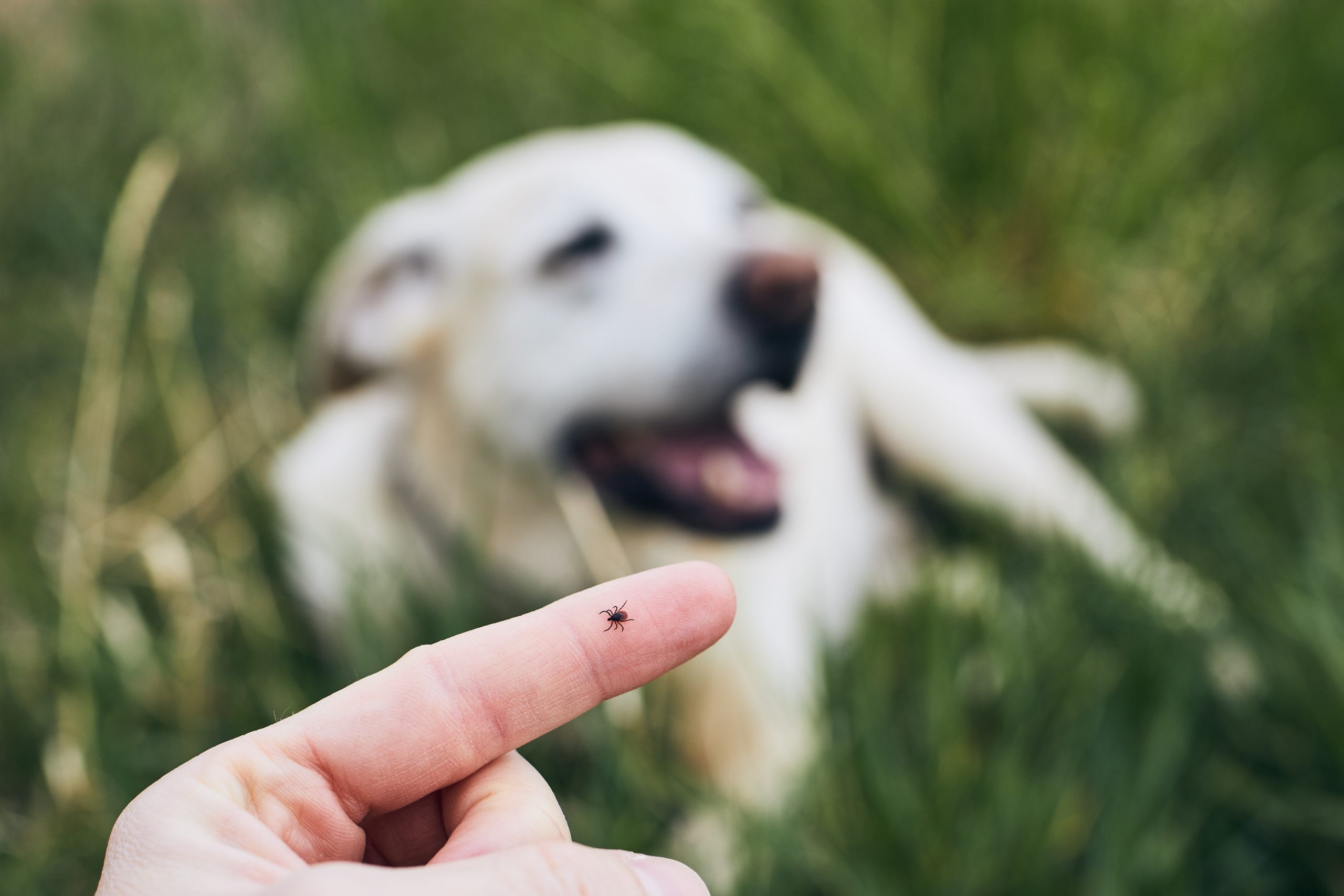Ticks: A Quick Background
There are around 60 species of biting ticks that can carry diseases to humans and animals. An unfed male will typically be flat and oval in appearance and either yellowish, dark brown, black, reddish-brown, or light gray. Most ticks are the size of a small seed or peppercorn. Adult ticks and nymphs have eight legs and no wings; larvae will have six legs. They are capable of biting during any stage of their life. When they’re engorged, a tick’s abdomen will swell, increasing its size. It may turn greenish, whitish, or even silvery in appearance. If the tick you find is engorged, there is a chance that you could be infected.Where Do Ticks Live?
Ticks typically prefer wooded areas, tall grassy areas, and areas of dense brush. They feed on the blood of humans and animals, waiting in the grass to latch onto a warm body. When you’re camping or hiking, it’s especially important to be on the lookout and be prepared to get tick bite treatment. Although “peak season” for ticks ranges from around April through the end of July, depending on where you live, ticks can be active any time of the year (even in the winter). So, no matter when you’re outside, even in your backyard, be aware that ticks could be lurking.Finding a Tick on Your Body
Before a tick attaches itself to your body to feed, it will crawl up your leg and look for a good spot. Typically, they prefer a dark, warm area such as your groin, armpit, or behind your ears. Even if you don’t find an insect, if you see dark spots on your clothes, this could indicate that you’ve been in contact with ticks. If you suspect you’ve had a tick on your body or clothes, be sure to perform a whole-body inspection followed by a hot, soapy shower. When a tick attaches, it can be tough to remove. You’ll find it stuck to your body like a dark lump. If you find one, you need to remove it. Carefully.How to Remove a Tick
A feeding tick can be very difficult to remove from the body. Despite what you might have heard, do not burn the tick or apply substances like Vaseline or kerosene to remove it. These may irritate the tick and heighten the risk of infection. Here’s how you can remove a tick properly:- Using a sharp, fine pair of tweezers, grip the tick’s body as close as possible to your skin.
- Use firm, even pressure to gently pull the tick backward (do not twist or agitate the tick’s body, as this can cause it to break off and stay in your skin).
- Take care not to damage the tick’s body during the removal process.
- After the tick body is successfully removed, wash the entire area with soap and water.
Tick Bite Treatment: Spotting an Infection
When a tick attaches for more than 48 hours, there is a high risk of tickborne illness. If you believe a tick has been on you for a long period of time, then you should seek Urgent Care treatment as soon as possible. Here are the most common tick-bourne diseases and their associated symptoms:- Lyme disease will have a circular “bulls-eye” rash within 30 days of the bite, usually followed by a fever.
- Rocky Mountain spotted fever (RMSF) symptoms may include fever, headache, muscle soreness, and a non-itchy rash of flat, pink spots.
- Tularmeria is rare but serious. Symptoms include a large wound at the bite spot and swelling of the lymph nodes.
How to Prevent Tick Bites
While tickborne illness is an unfortunate danger of outdoor activities, you can still take steps to protect yourself and your family. Here are some tops tips for preventing tick bites:- Wear long pants and sleeves
- Tuck your pants into your socks to prevent ticks from crawling up your leg
- Avoid dense, grassy areas
- Stay on paved trails when hiking
- Wear light clothing to make it easier to spot ticks
- Do a full-body tick check after being outdoors
